Joey Glynn plays an Engelhardt double bass loaded with an Underwood pickup and strung up with Pirastro Slap strings.
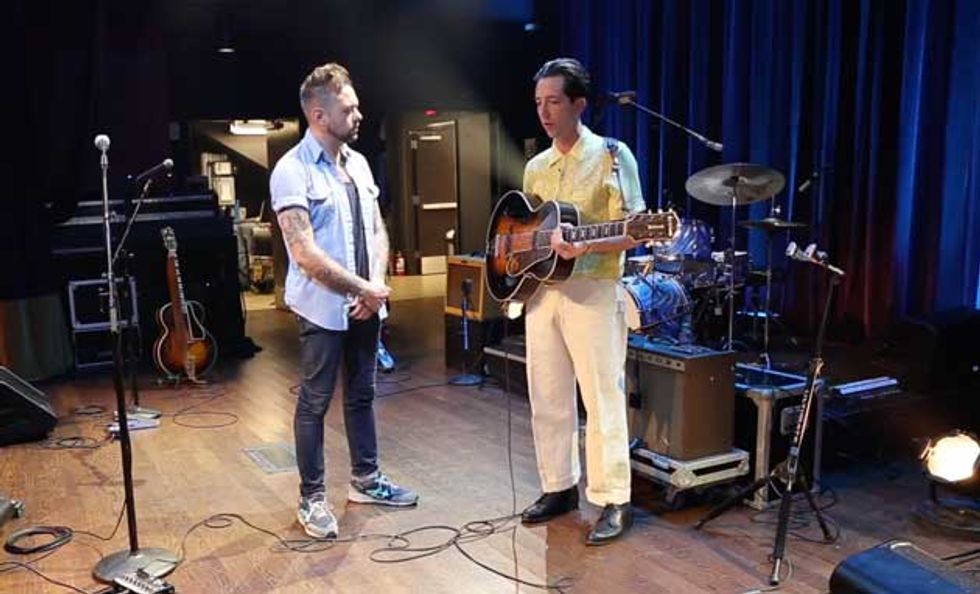
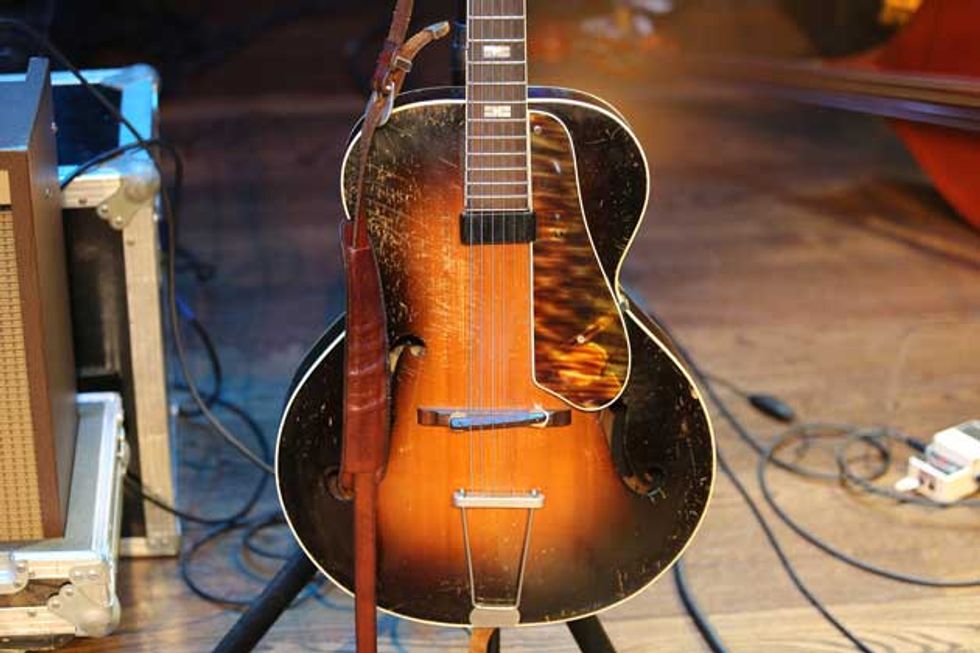
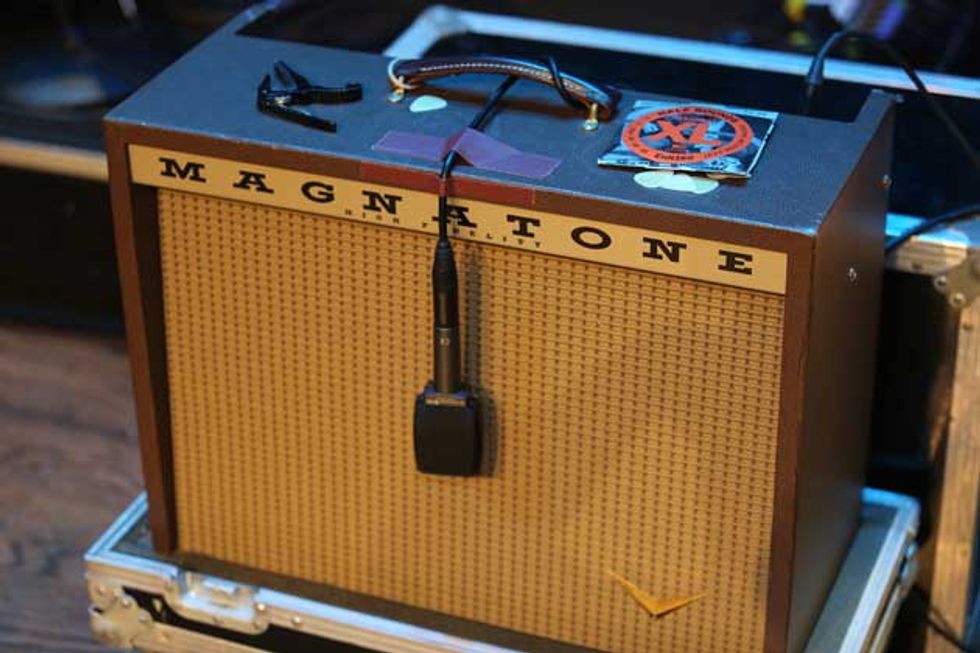
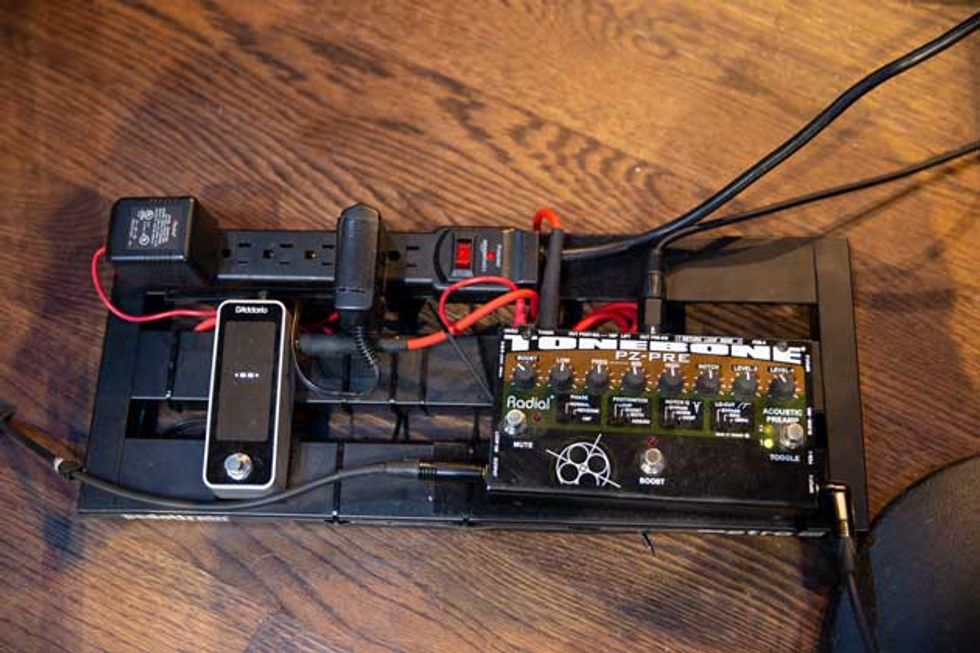
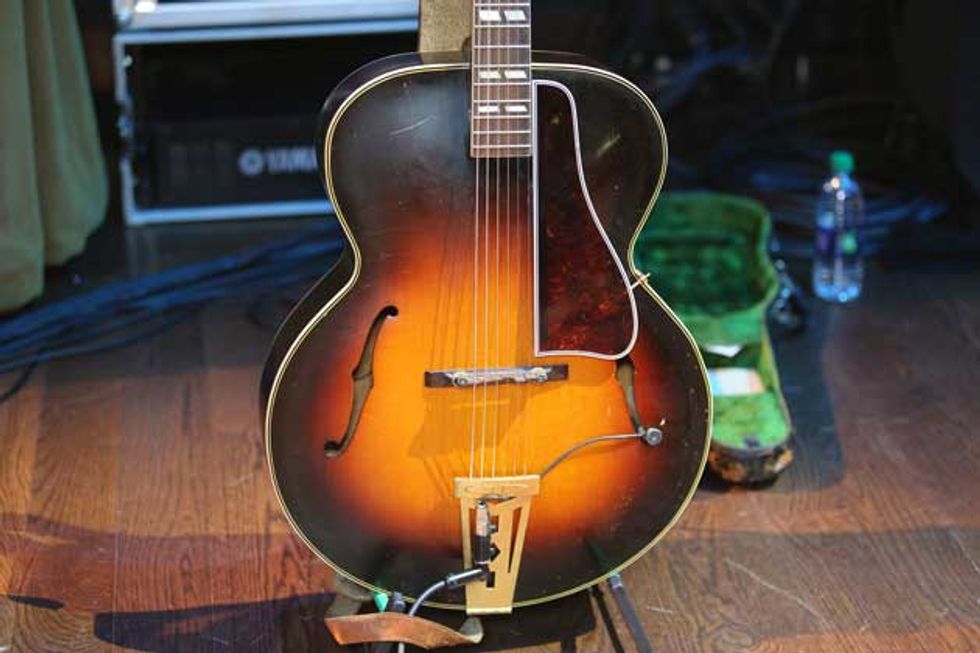
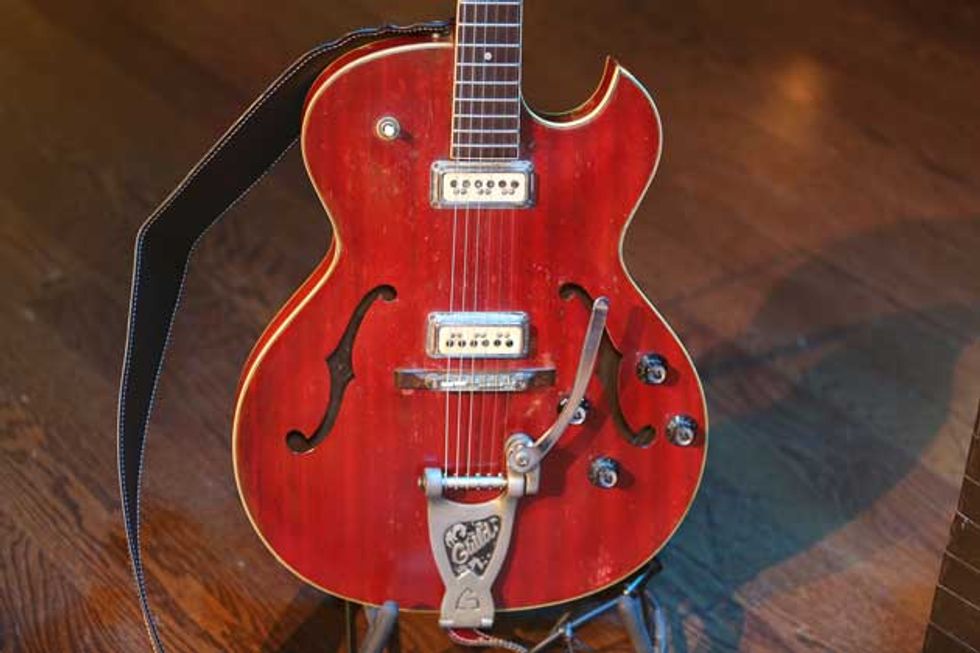
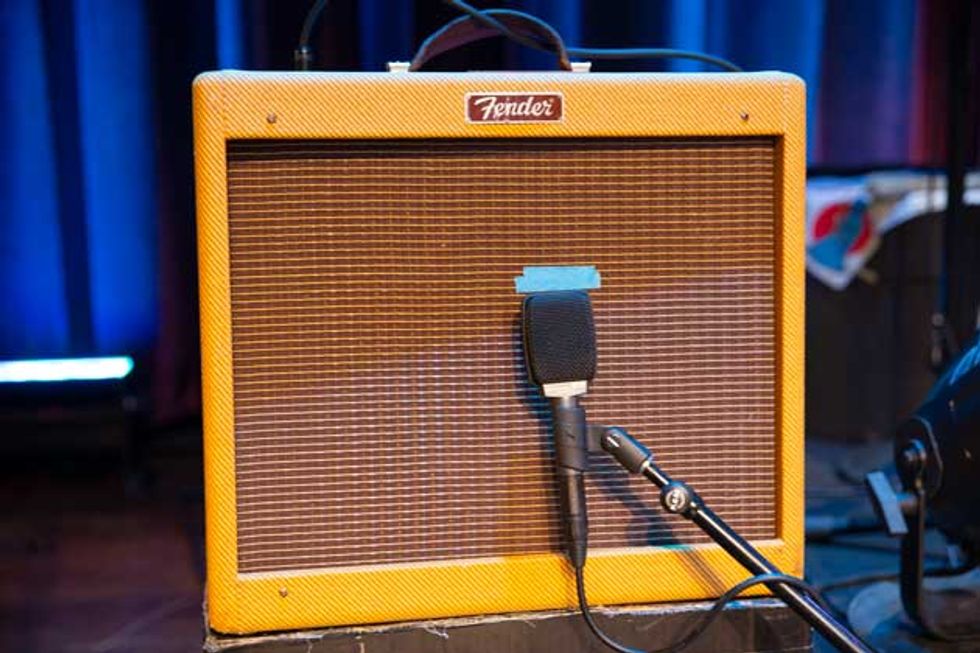
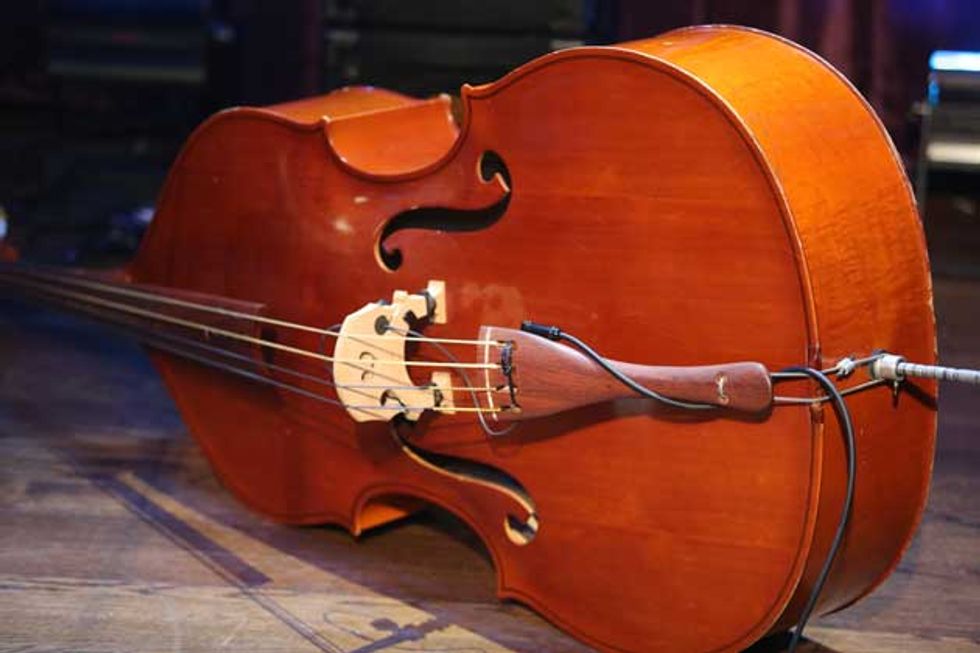
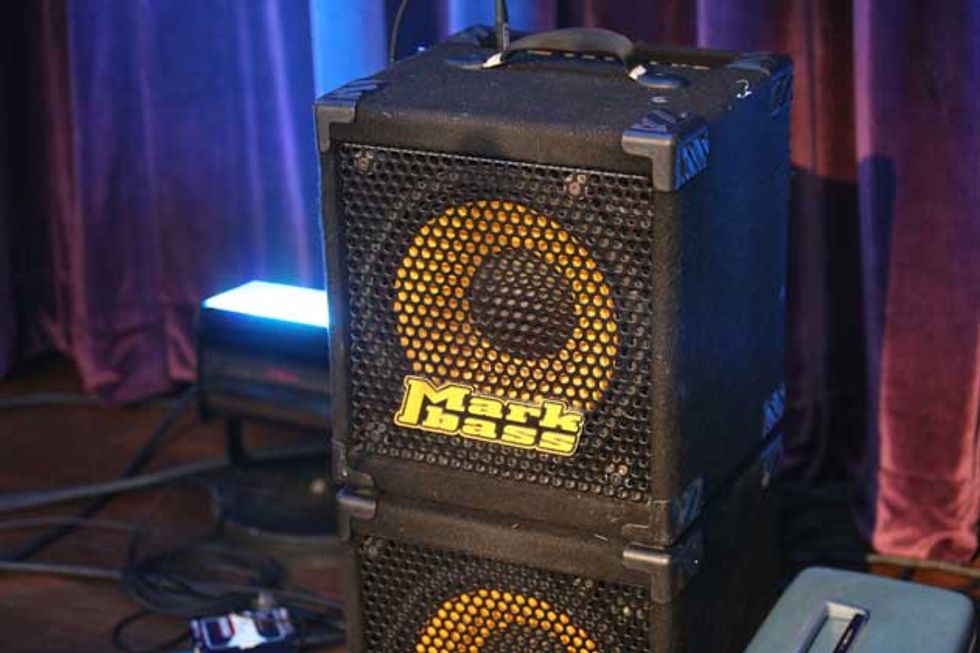
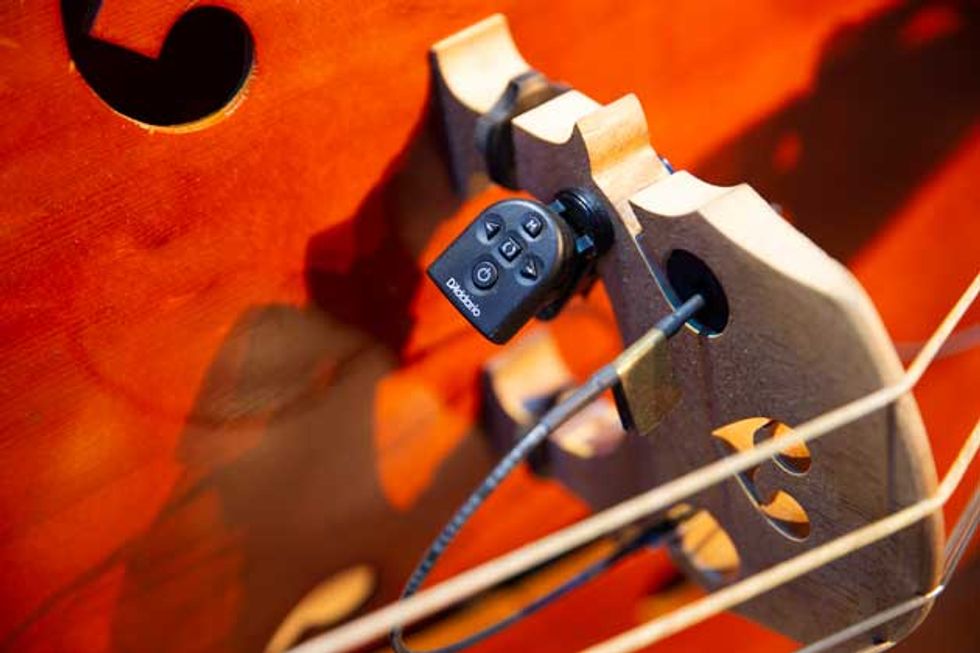
Click to subscribe to our weekly Rig Rundown podcast:
Perry Bean cut his teeth touring and playing in punk rock and hardcore bands, before he got his start in film. He worked his way up from lowly production assistant to become a producer, art director, and most recently, a music video director nominated for ACM, CMT, and CMA awards. Being Premier Guitar's Chief Videographer was a perfect fit for him, combining his two favorite things—guitars and cameras. Perry doesn't have free time, but his massive dog Beef pays his rent by being Perry's intern.
Joey Glynn plays an Engelhardt double bass loaded with an Underwood pickup and strung up with Pirastro Slap strings.










Click to subscribe to our weekly Rig Rundown podcast: